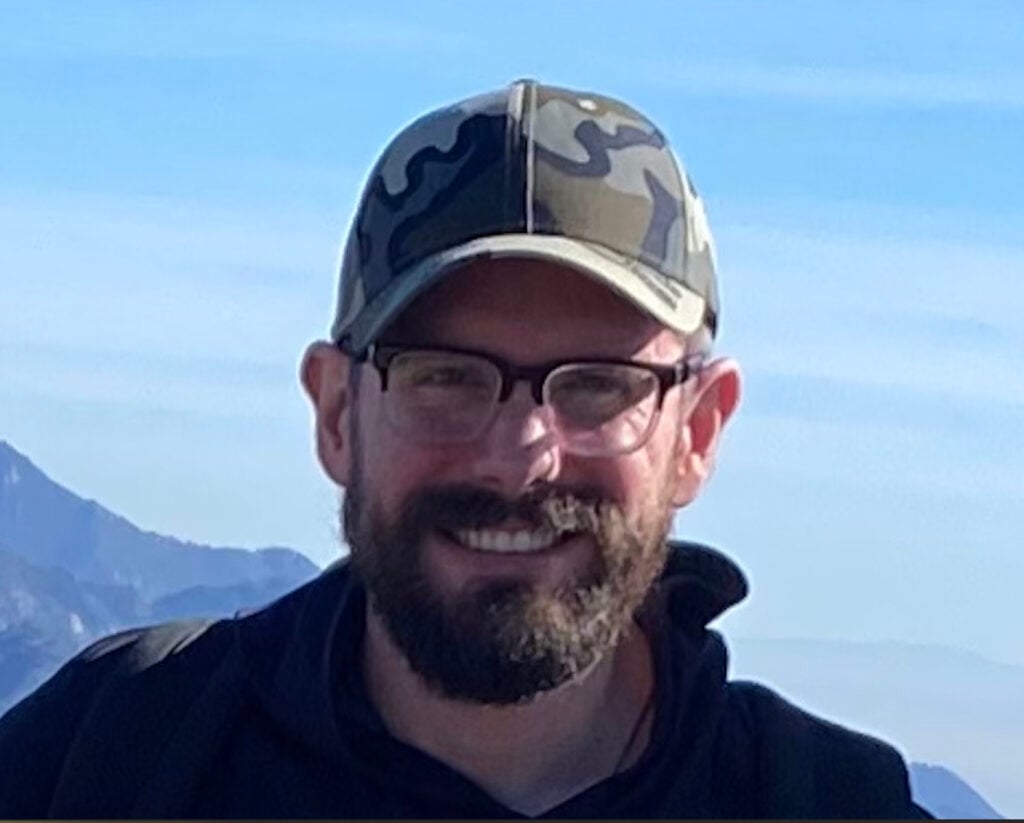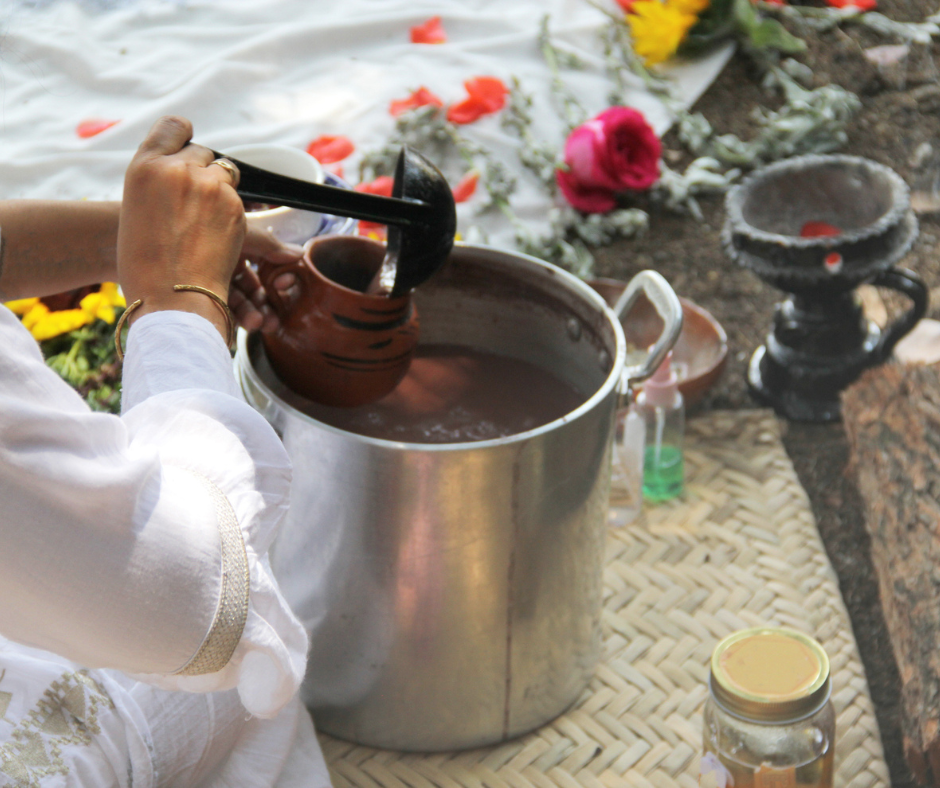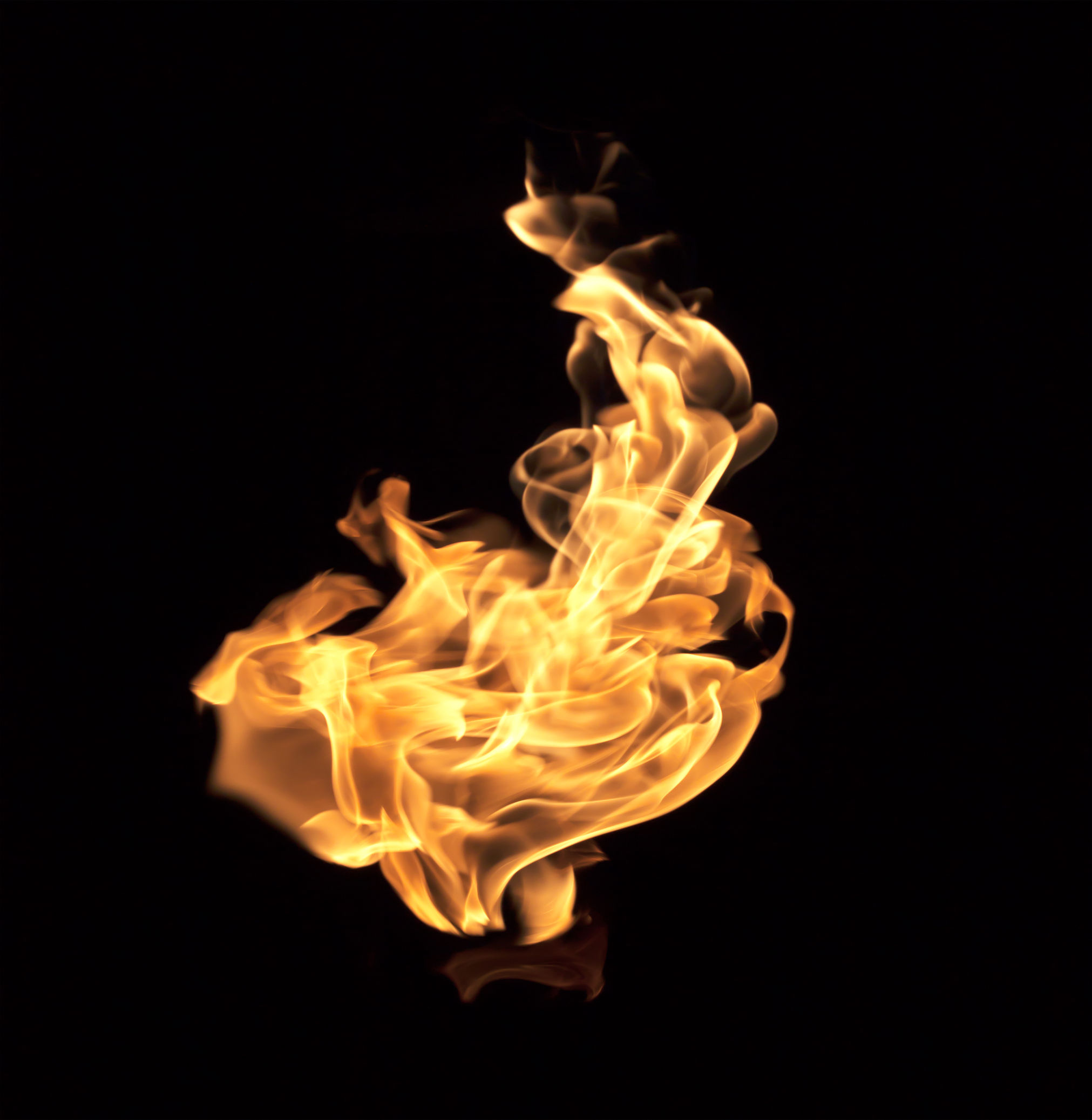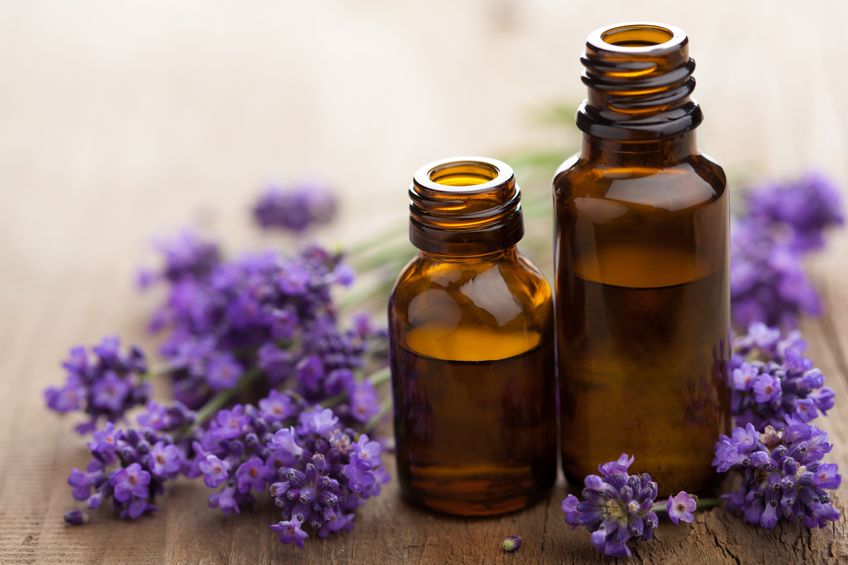By Conor Watters, ND
Originally published in NDNR, adapted for NaturalPath
Can a Sacred Amazonian Brew Help Heal Addiction?
Across the lush, living rainforests of South America, a sacred plant medicine has been quietly transforming lives for centuries. Known as Ayahuasca, this traditional brew—crafted from a vine and a leaf—has long been revered by Indigenous cultures for its healing powers of insight, emotional release, and spiritual restoration.
Today, scientists and seekers alike are beginning to explore what many shamans have known for generations: Ayahuasca holds profound potential to help people struggling with addiction and emotional trauma. With mental health and substance use disorders on the rise globally, the time is ripe to reimagine healing, not just through prescriptions, but through reconnection.
The Addiction Crisis: Why We Need New Solutions
Substance use disorder (SUD) is one of the greatest public health challenges of our time. Globally, over 296 million people use illicit substances, and millions more battle alcohol dependency, methamphetamine cravings, and the long shadow of opioids.ⁱ
In the U.S. alone, drug and alcohol use contribute to an estimated $600 billion annually in healthcare costs, lost productivity, and criminal justice expenses.⁴⁻⁶ While evidence-based treatments like therapy, peer support, and medications can help, relapse rates remain high—and healing can feel elusive.
Could a plant medicine from the Amazon offer a different path?
What Is Ayahuasca?
At its core, Ayahuasca is a brew made from two sacred plants:
- Banisteriopsis caapi (a vine containing MAO inhibitors)
- Psychotria viridis (a leaf containing DMT, a naturally occurring psychoactive compound)
The MAO inhibitors allow the DMT to be absorbed in the gut and travel to the brain, where it activates serotonin receptors and produces visionary, introspective experiences. But Ayahuasca is much more than a chemical formula—it’s a ceremonial tool rooted in community, ritual, and deep respect for nature.
Is It Legal?
In most countries, DMT is a controlled substance, making Ayahuasca technically illegal. But there are exceptions. In Peru, Ayahuasca is protected as part of the country’s cultural heritage. In the United States, certain churches have received legal exemptions to use Ayahuasca as a sacrament in spiritual practice.¹⁷⁻²⁰
If you’re considering this medicine, it’s crucial to do your research, vet your facilitators, and ensure you’re participating in a safe, ethical, and legal setting.
What the Science Says About Ayahuasca and Addiction
Scientific studies on Ayahuasca are still emerging, but the early results are promising:
- Animal studies show that Ayahuasca can erase drug-seeking behaviors in rodents previously addicted to cocaine, alcohol, or other substances.²³
- Human studies suggest that Ayahuasca can improve emotional well-being, boost self-awareness, and reduce symptoms of depression, anxiety, and trauma.
- Brain studies indicate that the brew may promote neural repair, increase brain-derived neurotrophic factor (BDNF), and reduce inflammation in areas affected by long-term substance abuse.²⁴⁻²⁶
In one observational study among Coast Salish people in British Columbia, most participants were able to abstain from their substance of choice after an Ayahuasca retreat weekend. Similar patterns have been found among members of Brazilian churches who use Ayahuasca regularly as part of spiritual practice.
The experience often brings powerful emotional insights, helping people reconnect with their purpose, their past, and their inner healing wisdom.
My Journey to the Jungle
For me, this isn’t just a scientific curiosity—it’s personal.
As a medical student, I traveled to the Peruvian Amazon to witness Ayahuasca healing in its traditional context. I was guided by a Shipibo shaman named Maestro Ricardo Amaringo, whose ceremonial songs filled the maloca (ceremonial hut) with ancient, soul-piercing sound.
I watched people face their deepest pain—childhood trauma, addiction, chronic illness—and emerge lighter, clearer, and more whole. And then, it was my turn.
That night, I met parts of myself I didn’t know I carried: the ancestral pain, the regrets, the grief woven into my being. It was not easy. I purged, sobbed, and surrendered—facing my own inner darkness with the help of the medicine and the music. In the mess of that moment, I felt something leave me… like a weight I’d been unknowingly carrying.
And in its place, peace.
What Ayahuasca Taught Me About Healing
Ayahuasca isn’t a magic bullet, and it’s not for everyone. It requires courage, surrender, and the right guidance. But for those called to it, it offers a profoundly different approach to healing—one rooted not in symptom management, but in transformation.
For people struggling with addiction, especially when other treatments haven’t worked, Ayahuasca may help to:
- Reconnect to self, community, and spirit
- Heal emotional wounds underlying addictive behaviors
- Enhance motivation for change
- Reduce depression, anxiety, and trauma
- Envision a new future
But perhaps most importantly, it reminds us that healing is not just about chemistry—it’s about connection.
A Word of Caution and Respect
Ayahuasca is not recreational. It should be approached with reverence, informed consent, and under the care of experienced, ethical facilitators. I strongly recommend reading The Ayahuasca Test Pilots Handbook by Chris Kilham and Fellowship of the River by Dr. Joe Tafur for guidance.
This medicine is not a replacement for therapy, medical care, or addiction treatment—but it may be a powerful complement. And as research continues, it may become a more widely accepted part of integrative recovery.
Final Thoughts
In a world searching for answers to the pain of disconnection, Ayahuasca invites us into an ancient conversation—with ourselves, with nature, and with the sacred. For some, that conversation changes everything.
Resources & Further Reading:
- Fellowship of the River by Dr. Joe Tafur, MD
- The Ayahuasca Test Pilots Handbook by Chris Kilham
- Shipibo Healing Centers: Nihue Rao Centro Espiritual
- Clinical research on Ayahuasca and addiction (available in PubMed and MAPS.org)

Dr. Conor Watters, ND, MSAS, PATP, practices at Healing Watters PLLC. He is located in the Pinehurst neighborhood of Seattle, Washington, USA. His website is www.healingwatters.com, and his business line is 425-380-3098. He graduated from Bastyr University in 2022 with a Doctorate in Naturopathic Medicine. He earned his Master of Science in Ayurvedic Medicine in 2018 from Bastyr University. Between the graduate degrees, he served in the WA Army National Guard, and he ran 911 calls as an EMT with American Medical Response during the COVID-19 pandemic. He is most passionate about working with service members, veterans, first responders, and outdoor enthusiasts.




